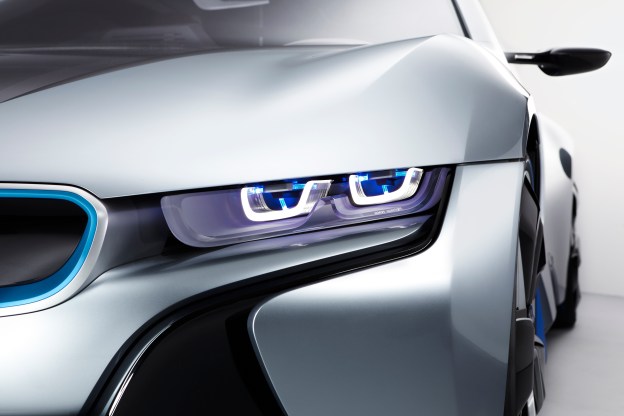
While BMW ConnectedDrive has been tying technology like mobile phones or GPS navigation into the driving experience for over a decade, BMW is taking a new step toward a future where vehicles can communicate with other vehicles to provide assistance to the driver. Aptly called Car-to-X communication, the new technology from BMW is designed to provide a safer driving experience. For instance, a driver that starts signaling for a left turn on a busy road will continue to see vehicle alerts on the dashboard until the left side of the road is clear to make the turn. This can be invaluable in situations where there is limited visibility due to a hairpin curve or a large building obscuring the view.

Car-to-x communication currently operates through mobile phone connections or WLAN. There are currently latency issues with using mobile phone connections, but BMW claims that these will improve over time. High-speed WLAN networking is currently more suitable for the real-time communication between automobiles.


